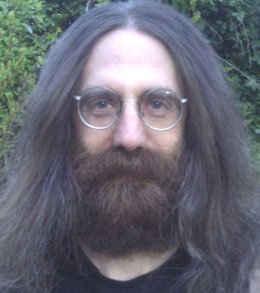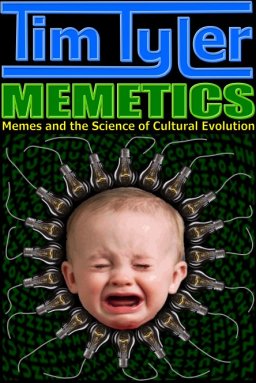One critical point here: Blackmore compares and constrasts memes with the theories of Boyd and Richerson. Around 6 minutes in she says that other cultural evolution theorists argue that culture is for us, for our genes. That's not really right. Numerous theorists (including Boyd and Richerson) appreciate that culture can be and sometimes is genetically maladaptive. There might be a difference in emphasis here, since memetics, for good reasons has been much more interested in maladaptive culture than many other cultural theorists - but this isn't really a qualitative difference, IMO.
Meme theorists have historically emphasized the similarities with DNA-based evolution - since that lets us lever our existing knowledge and theories, while Boyd and Richerson tend to emphasize the differences - on the grounds that that is what is new and different about cultural evolution. Here is a summary of that from me: Differences remain exaggerated.
Here is one attempt by me to articulate the problem: The host-centric approach to cultural evolution. It's not so much that the models are wrong, it is more to do with their interpretation.
Ben Cullen nailed the issue as well as anyone, I think. See my review of Contagious Ideas for the details.
IMO, meme theorists should try and get onto the same page about what went wrong with cultural evolution in academia. If meme proponents produce criticisms that are invalid, that's not going to help to sort things out.
 Susan Blackmore weighed in recently on the topic of machine ethics - in article titled:
Susan Blackmore weighed in recently on the topic of machine ethics - in article titled:  My idea that
My idea that 

 Susan Blackmore is the best known user of the term "memetic drive". She
Susan Blackmore is the best known user of the term "memetic drive". She  The invention of speech was a fantastic boon to memes, leading directly to writing, the modern era and its revolutionizing of the biosphere. As well as leading to external dialog, speech led to an
The invention of speech was a fantastic boon to memes, leading directly to writing, the modern era and its revolutionizing of the biosphere. As well as leading to external dialog, speech led to an  Here is Susan Blackmore in quite a number of short videos about memes:
Here is Susan Blackmore in quite a number of short videos about memes: It is widely believed that cultural evolution goes much faster than the evolution of human DNA can manage.
It is widely believed that cultural evolution goes much faster than the evolution of human DNA can manage. This event:
This event: 








